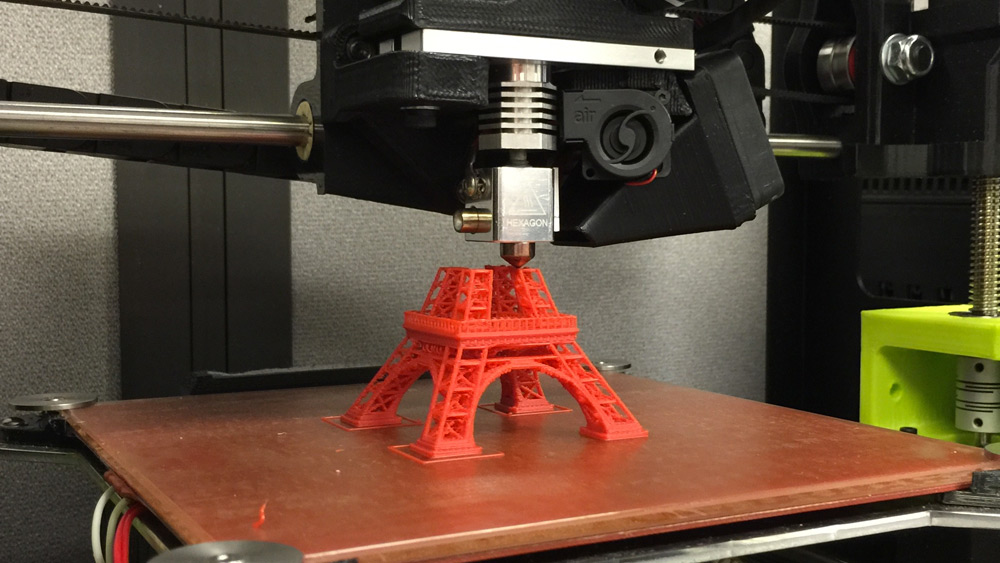3 Simple Techniques For 3D printing - designboom.com

The 7-Minute Rule for 3D Printing : Micro Center

Parts can be made rapidly and discarded after use. Parts can also be produced in almost any geometry, which is one of the core strengths of 3D printing. One of the biggest restrictions of 3D printing is that many parts are naturally anisotropic or not totally thick, meaning they usually lack the product and mechanical homes of parts made via subtractive or formative methods.

The Health Effects of 3D Printing - American Libraries Magazine
Subtractive manufacturing Subtractive manufacturing, such as milling and turning, creates things by removing (machining) product from a block of solid material that's likewise frequently referred to as a 'blank'. Nearly Check For Updates can be machined in some way, making it an extensively used technique. Because of the quantity of control over every aspect of the process this approach can producing exceptionally precise parts with high repeatability.
The major limitation of subtractive production is that the cutting tool should have the ability to reach all surface areas to get rid of material, which limits design complexity rather a lot. While machines like 5-axis machines remove a few of these restrictions, complicated parts still require to be re-orientated throughout the machining procedure, adding time and expense.
Developmental manufacturing Developmental production, such as injection molding and stamping, creates items by forming or molding products into shape with heat and/or pressure. Developmental strategies are developed to reduce the limited cost of producing private parts, however the development of special molds or machines utilized in the production procedure suggests setup expenses are really, extremely high.

3D Printing - Penfield Library
Not known Facts About 3D Printing Solutions - Additive Manufacturing - Solid Edge
How these methods compare Production is intricate, and there are a lot of measurements for comprehensively comparing each method versus all others. It is near impossible to optimize simultaneously for cost, speed, geometric intricacy, products, mechanical residential or commercial properties, surface finish, tolerances, and repeatability. In such intricate scenarios heuristics and guidelines are more important: is finest for low volumes, intricate styles, and when speed is necessary.
Expense per part is normally the governing factor determining which manufacturing procedure is best. As a rough approximation the system costs per technique can be envisioned like this: Find out more about 3D printing vs CNC machining. 3D printing is becoming less expensive every year and in some instances, it is beginning to contend with injection molding for expense efficiency.
Everything you need to know about 3D printing - Staples®
Find out more about 3D printing vs CNC machining..
